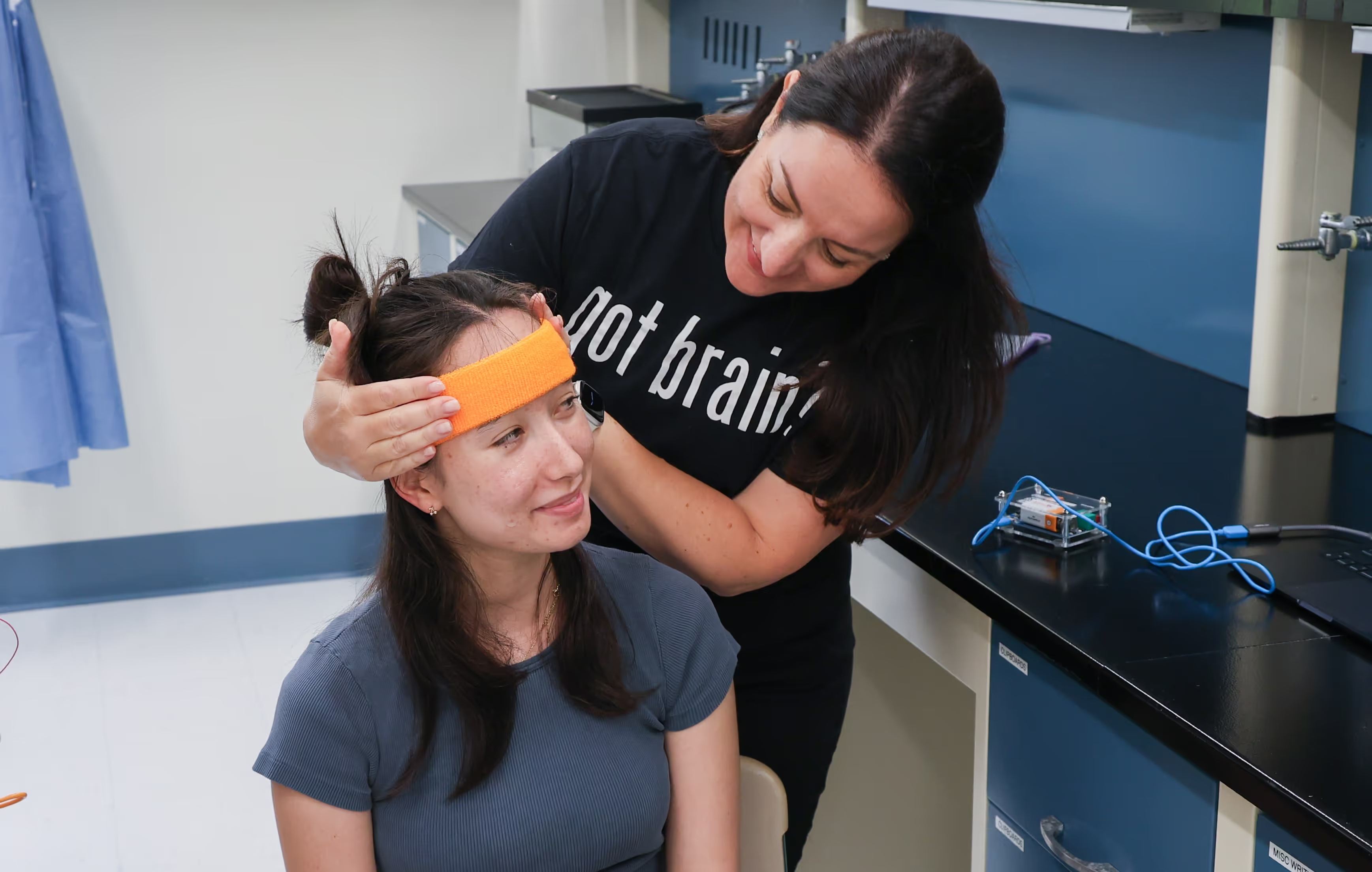Research

Our research is situated at the intersection of neuroscience, education, and public engagement. We combine research and practice to transform how people engage with science, grounding every program in both data and community voices. This ensures our initiatives are evidence-based, relevant, equitable, and lasting.
Grounded in the Social Ecological Model—which recognizes that individuals are shaped by their relationships, communities, and broader systems—our research explores questions across multiple levels of influence:











Deeply human
By working across these levels, we aim to understand not just whether programs work, but how and why they matter—and for whom. With this approach, we hope to build a field of neuroscience engagement that is rigorous, equitable, and deeply human.



